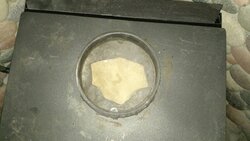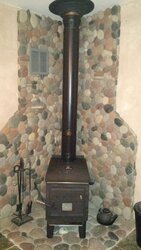Wisneaky
Minister of Fire
You shouldn't run it fully open up to those temps. That is dangerous. Once that stove is up to operating temps you should be able to close that front intake and the secondary burn tubes should fire up. There shouldn't be any smoke when those secondary burn tubes are firing unless your wood is wet.When it's good and started and I'm not observing it, yes. Those temps I listed are with it fully open as I watch it.
When I leave room or go to bed I close it 2/3 way.



